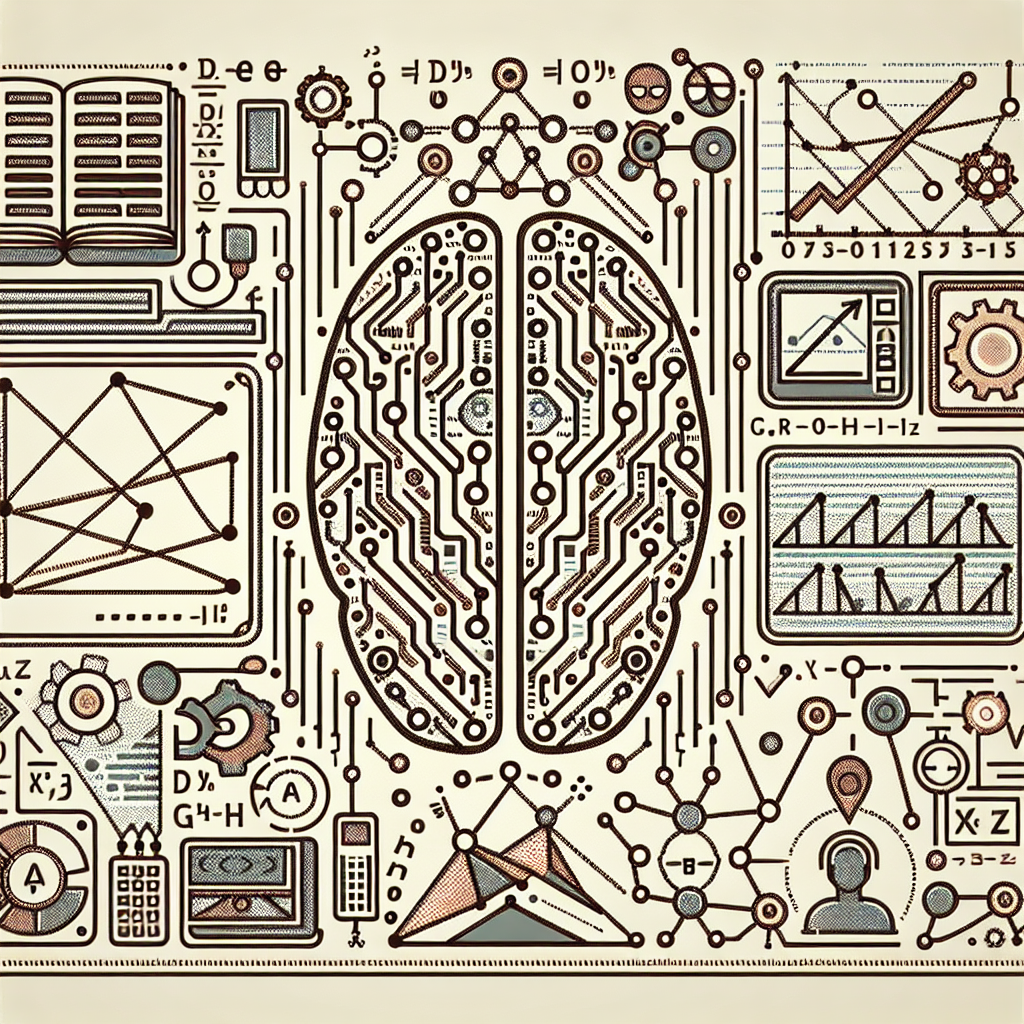Your cart is currently empty!
Getting Started with Machine Learning: An Introduction to Applied Mathematics Principles

Machine learning is a rapidly growing field that is revolutionizing industries such as healthcare, finance, and technology. It involves building algorithms that can learn from and make predictions or decisions based on data. If you are interested in diving into the world of machine learning, it is important to understand the applied mathematics principles that underlie these algorithms.
One of the key concepts in machine learning is regression analysis. Regression is a statistical method that allows us to understand and predict the relationship between variables. In the context of machine learning, regression is used to predict a continuous output based on one or more input variables. For example, regression analysis could be used to predict the price of a house based on its size, location, and other factors.
Another important concept in machine learning is classification. Classification algorithms are used to categorize data into different classes or categories. For example, a classification algorithm could be used to predict whether an email is spam or not spam based on its content and sender.
In addition to regression and classification, machine learning also involves techniques such as clustering, dimensionality reduction, and neural networks. Clustering algorithms are used to group similar data points together, while dimensionality reduction techniques aim to reduce the number of input variables without losing important information. Neural networks are a type of algorithm inspired by the structure of the human brain, and they are widely used for tasks such as image and speech recognition.
To get started with machine learning, it is important to have a strong foundation in mathematics, particularly in areas such as linear algebra, calculus, and probability theory. Linear algebra is used to represent and manipulate data in the form of matrices and vectors, while calculus is used to optimize algorithms and understand their behavior. Probability theory is important for understanding the uncertainty and randomness inherent in data.
In addition to mathematics, it is also helpful to have programming skills in languages such as Python or R, which are commonly used in machine learning. These languages have libraries such as scikit-learn and TensorFlow that make it easy to implement machine learning algorithms and work with data.
Overall, getting started with machine learning requires a combination of mathematical knowledge, programming skills, and a curiosity to explore and experiment with data. By understanding the applied mathematics principles that underlie machine learning algorithms, you can build models that can make accurate predictions and decisions based on data. Whether you are a student, a researcher, or a professional looking to enhance your skills, learning machine learning can open up a world of possibilities and opportunities in the fast-paced and exciting field of artificial intelligence.
#Started #Machine #Learning #Introduction #Applied #Mathematics #Principles,machine learning: an applied mathematics introduction

Leave a Reply